
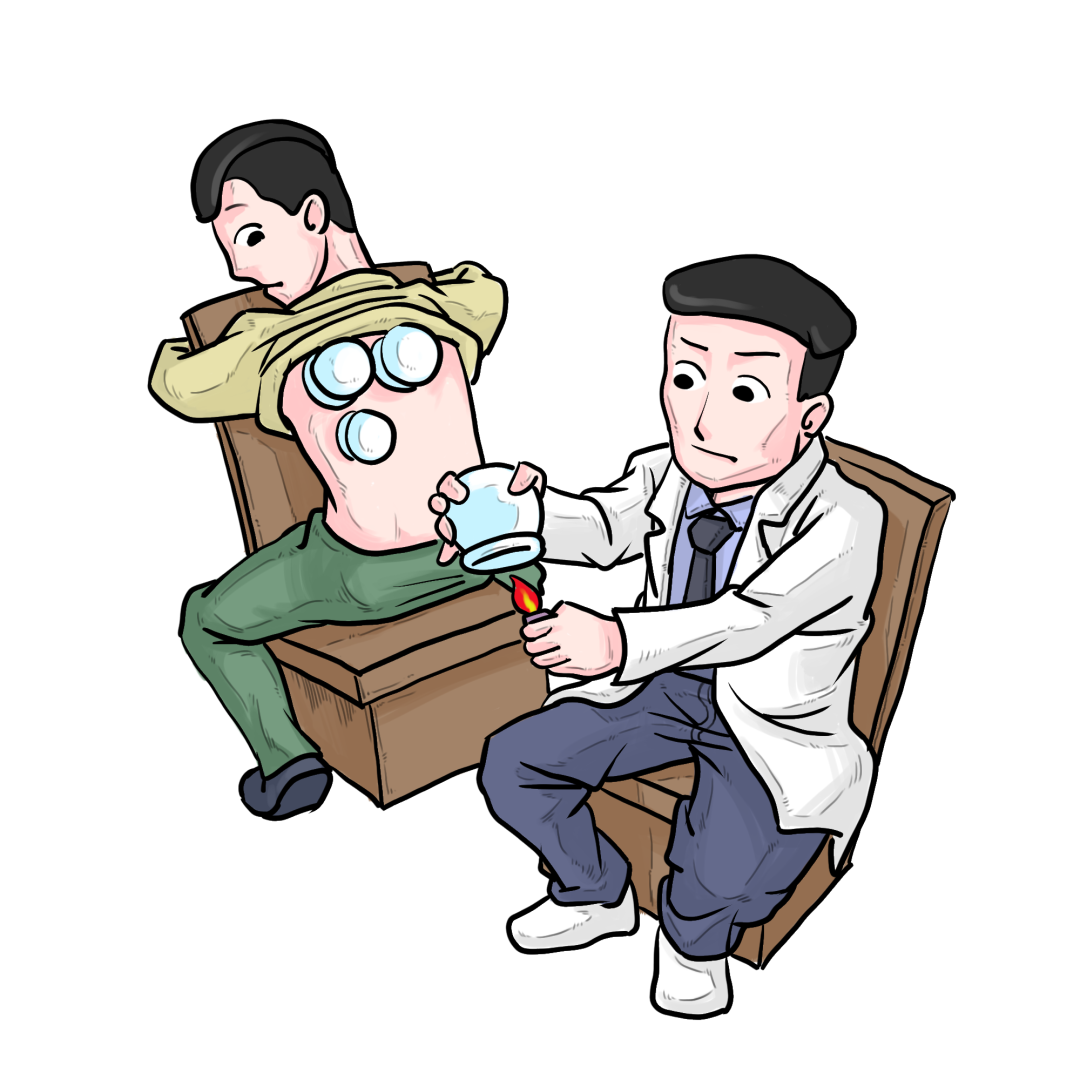
Fire Cupping Therapy is one of the treasures of traditional Chinese medicine, widely used in our country for a long time. Cupping is generally performed using bamboo or glass cups. Bamboo cups are preferred because their walls are thinner than those of glass cups, providing stronger suction. Additionally, bamboo is a natural and environmentally friendly material, and it is more resistant to breakage than glass. During cupping, the cup is used as a tool to create negative pressure through methods such as fire or suction, causing the cup to adhere to the skin and temporarily induce local blood stasis, achieving effects such as promoting circulation, invigorating blood flow, reducing swelling and pain, and dispelling wind and cold. Glass cups, on the other hand, have smoother edges and are transparent, allowing for easy observation of skin color changes during the cupping process. Glass cups processed with special techniques are more heat-resistant than bamboo cups and are less likely to crack, resulting in a longer usage period.
1. Four Cupping Techniques and Correct Operation Methods
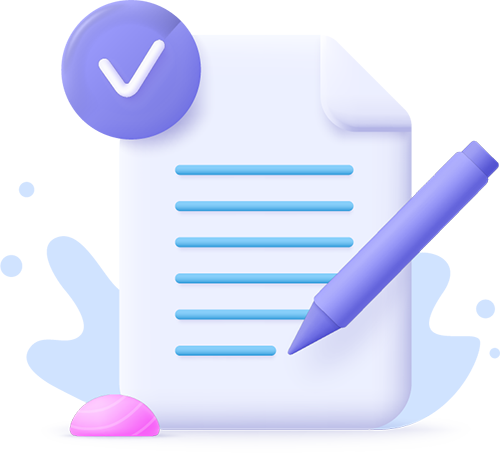
1. Flash Cupping
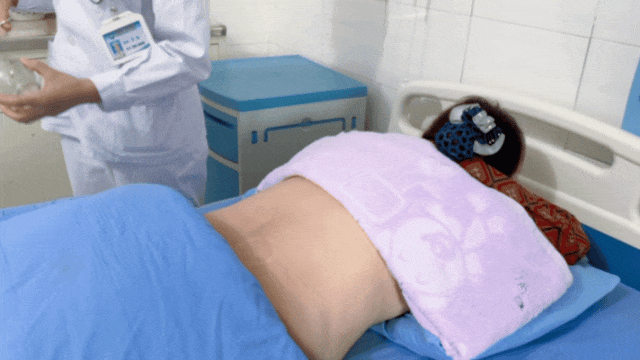
(1) Wipe the area to be cupped with a cotton ball soaked in 75% alcohol.
(2) Ignite a cotton ball soaked in 95% alcohol, quickly insert it into the glass cup, then immediately remove it and place the cup on the skin.
(3) Repeat the suction several times until the skin turns red.
Flash cupping typically does not leave marks on the skin and is the least irritating of the four techniques.

2. Sliding Cupping
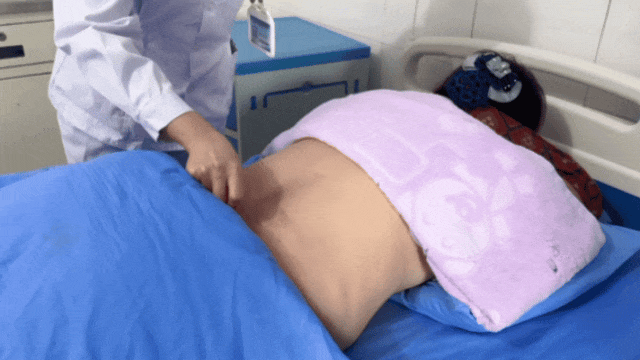
(1) Wipe the area to be cupped with a cotton ball soaked in 75% alcohol. Apply a lubricating substance or liquid to the skin surface where cupping will occur. The choice of lubricant varies based on the desired therapeutic effect; in this case, mugwort essential oil is used for its blood-invigorating properties.
(2) Ignite a cotton ball soaked in 95% alcohol, quickly insert it into the glass cup, then immediately remove it and place the cup on the skin. Hold the cup and slide it along the meridians. After sliding, if there are issues in the body, there will be large areas of petechiae at the sliding site; if there are no issues, it will generally just leave cup marks that fade quickly.

3. Retained Cupping
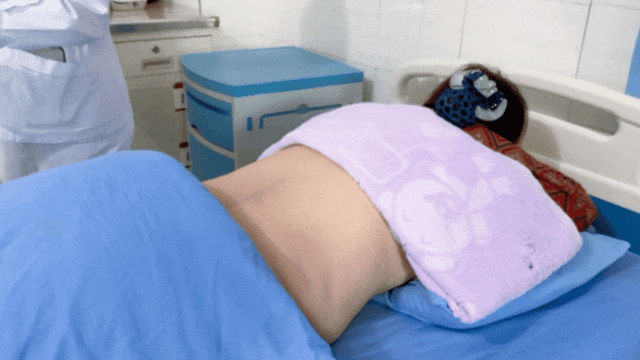
(1) Wipe the area to be cupped with a cotton ball soaked in 75% alcohol.
(2) Ignite a cotton ball soaked in 95% alcohol, quickly insert it into the glass cup, then immediately remove it and place the cup on the skin. Leave it for 10-15 minutes before removing the cup and clean the skin with a cotton ball.

4. Bloodletting Cupping
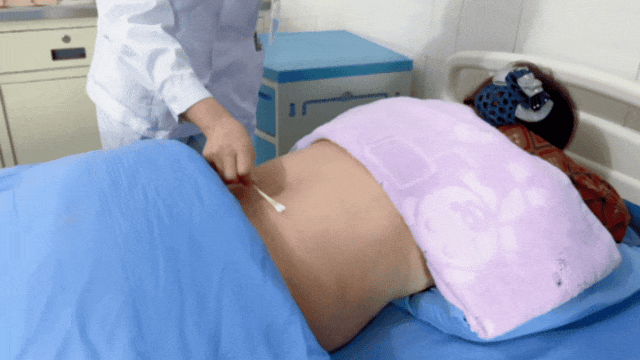
(1) Wipe the area to be cupped with a cotton ball soaked in 75% alcohol.
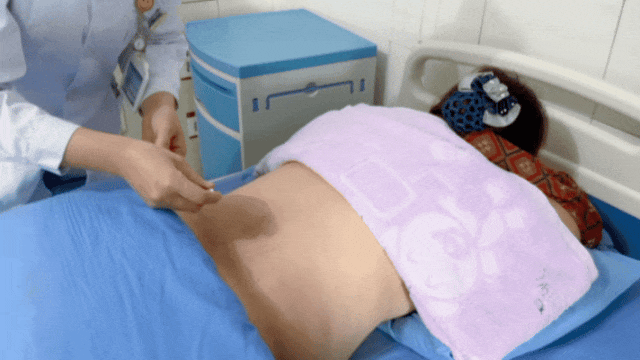
(2) Use a disposable blood collection needle to prick the skin locally.
(3) Retain the cup.
(4) Remove the cup and clean the blood that has flowed out with a cotton ball.
2. Cupping Diagnosis
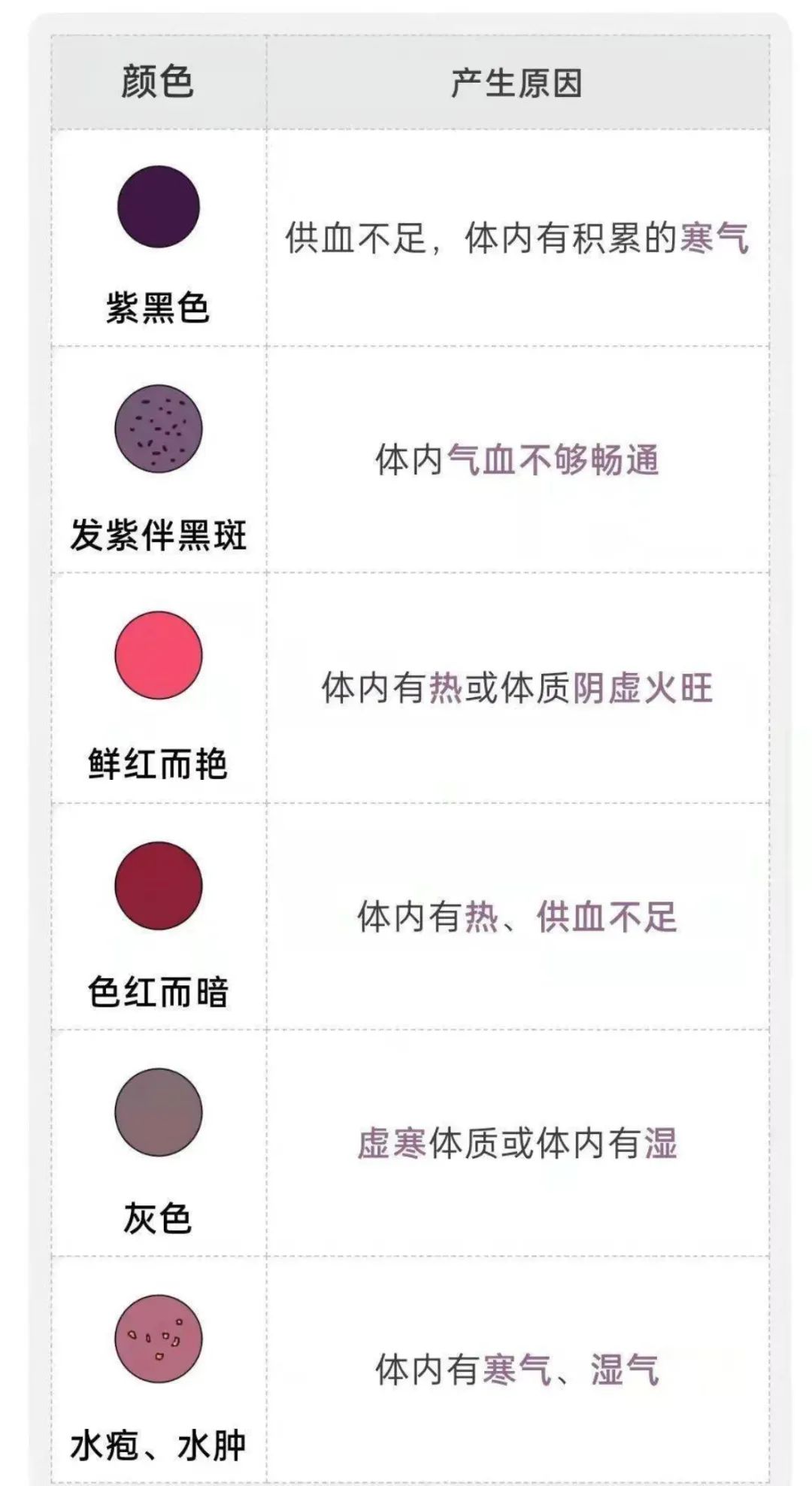
3. Indications for Cupping Therapy
Indications for cupping therapy: It is suitable for conditions such as neck, shoulder, waist, and leg pain, stomach pain, and cough. Single cup application is used for smaller areas of lesions or tender points, such as cupping the Zhongwan (中脘) point for stomach pain or the Jian (肩) point for supraspinatus tendonitis. Multiple cups are used for larger areas of lesions, employing several or more than ten cups simultaneously for treatment.
4. Contraindications for Cupping
Acute severe diseases, contact infectious diseases, severe heart disease, heart failure. Skin allergies, infectious skin diseases, and areas with skin tumors or ulcers. Hemorrhagic diseases such as thrombocytopenic purpura, leukemia, and hemophilia. Areas over major arteries in the apex of the heart and varicose veins. Schizophrenia, convulsions, extreme nervousness, and non-compliance. Acute traumatic fractures, moderate to severe edema. Scrofula, hernias, and active pulmonary tuberculosis. Areas around the eyes, ears, mouth, and nose.
5. Precautions for Cupping
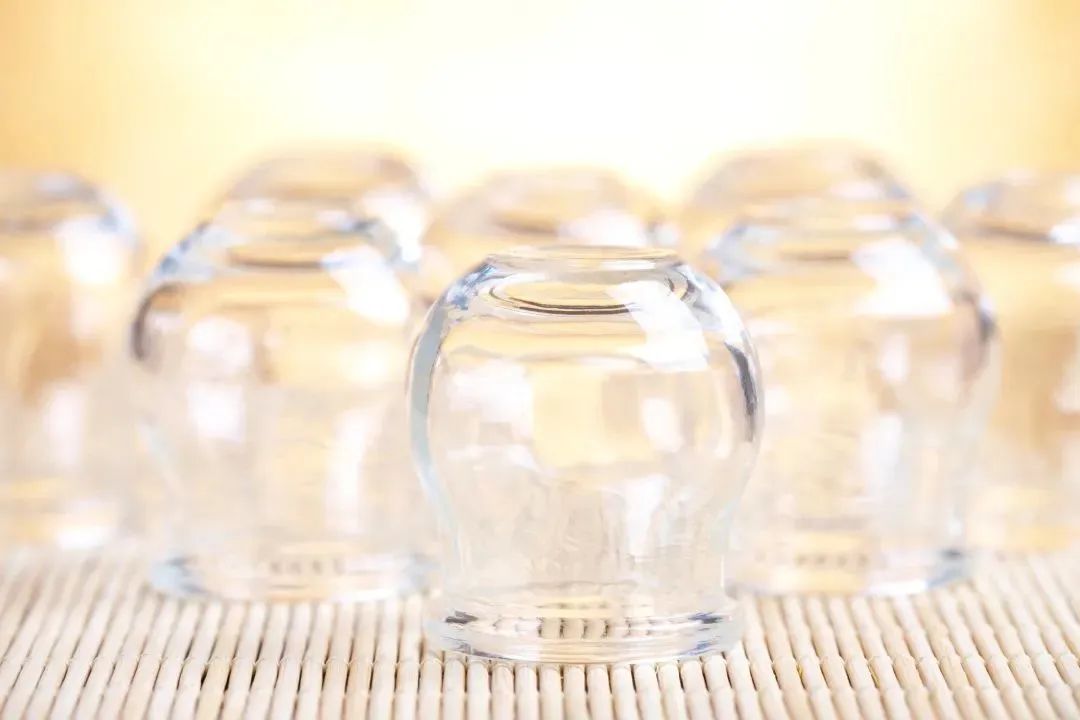
1. Do not take a shower or drink cold beverages within two hours after cupping. If showering after two hours, use warm water.
2. Do not use air conditioning or fans during cupping to avoid air convection.
3. Avoid cupping when overly full, hungry, or after excessive drinking.
Department Introduction

The Orthopedics Department of Gulin County Traditional Chinese Medicine Hospital is a key TCM specialty in Sichuan Province, with 25 medical staff members, including 1 chief physician, 1 associate chief physician, 4 attending physicians, 2 physicians, 3 head nurses, 13 nurses, and 1 rehabilitation therapist. The department’s staff work collaboratively, and both doctors and nurses have been sent to various top-tier hospitals for further training in new techniques, forming a highly skilled and experienced medical team.
The department has 50 open beds and currently possesses 1 imported knee arthroscopy machine, 2 mobile C-arm X-ray machines, multifunctional bone traction beds, fracture treatment devices, pain treatment devices, and functional rehabilitation training equipment.
The department can perform arthroscopic surgeries, artificial hip and knee joint replacements, spinal trauma surgeries, lumbar disc excisions, PKP, PVP minimally invasive surgeries, and various trauma fractures, as well as pediatric, foot and ankle, and orthopedic surgeries. It fully utilizes the characteristics of traditional Chinese medicine, consistently adhering to the combined treatment approach of TCM and Western medicine, employing conservative treatments such as small splints, bone traction, internal and external herbal treatments, and minimally invasive closed reduction internal fixation surgeries to ensure minimal trauma, the shortest recovery time, and high-quality nursing services for rapid patient recovery, alleviating patient suffering and shortening hospital stays.
Department Phone: 0830—7102137
Department Address:
Outpatient: 1st Floor, Acupuncture Hall, Luohong Campus, Gulin County Traditional Chinese Medicine Hospital
Inpatient: 3rd Floor, Inpatient Department, Luohong Campus, Gulin County Traditional Chinese Medicine Hospital
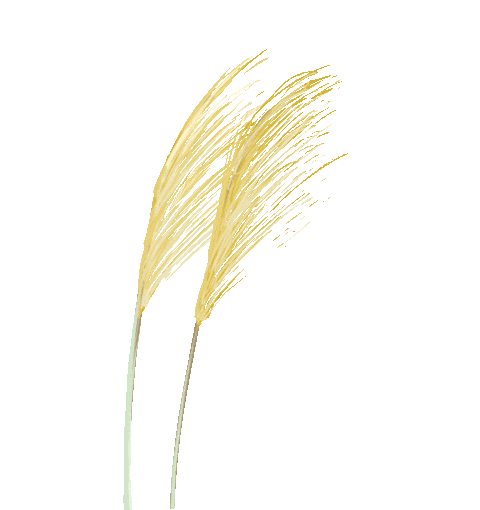
Submitted by: Wang Mao (Orthopedics Department)
Editor: Feng Lei
Reviewer: Jiang Xueli
Final Review: Xia Ying
Click the keywords below to learn more health information:
A delegation from the Health and Wellness Bureau of Yunhe County, Zhejiang Province, visited Gulin County Traditional Chinese Medicine Hospital for inspection and exchange.
The member units of the county’s TCM hospital medical community held a ceremony for the unveiling and signing of the remote diagnosis center.
The county’s TCM hospital conducted community health education activities on TCM appropriate technologies and emergency first aid (Part V).
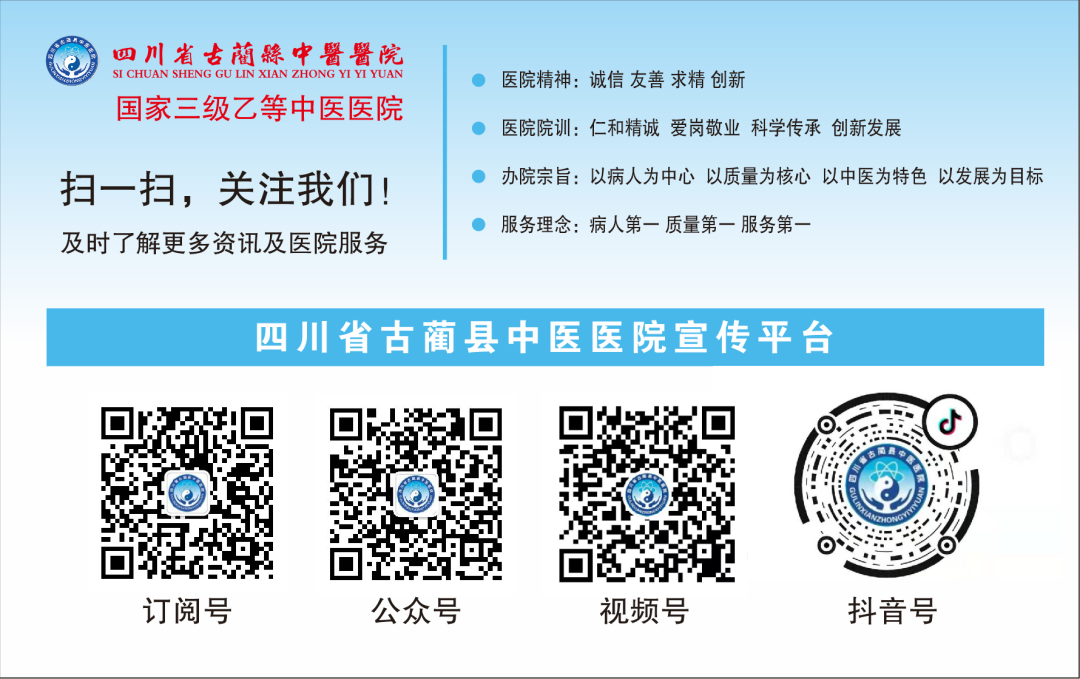
Your every like and view is taken seriously as a sign of appreciation.

